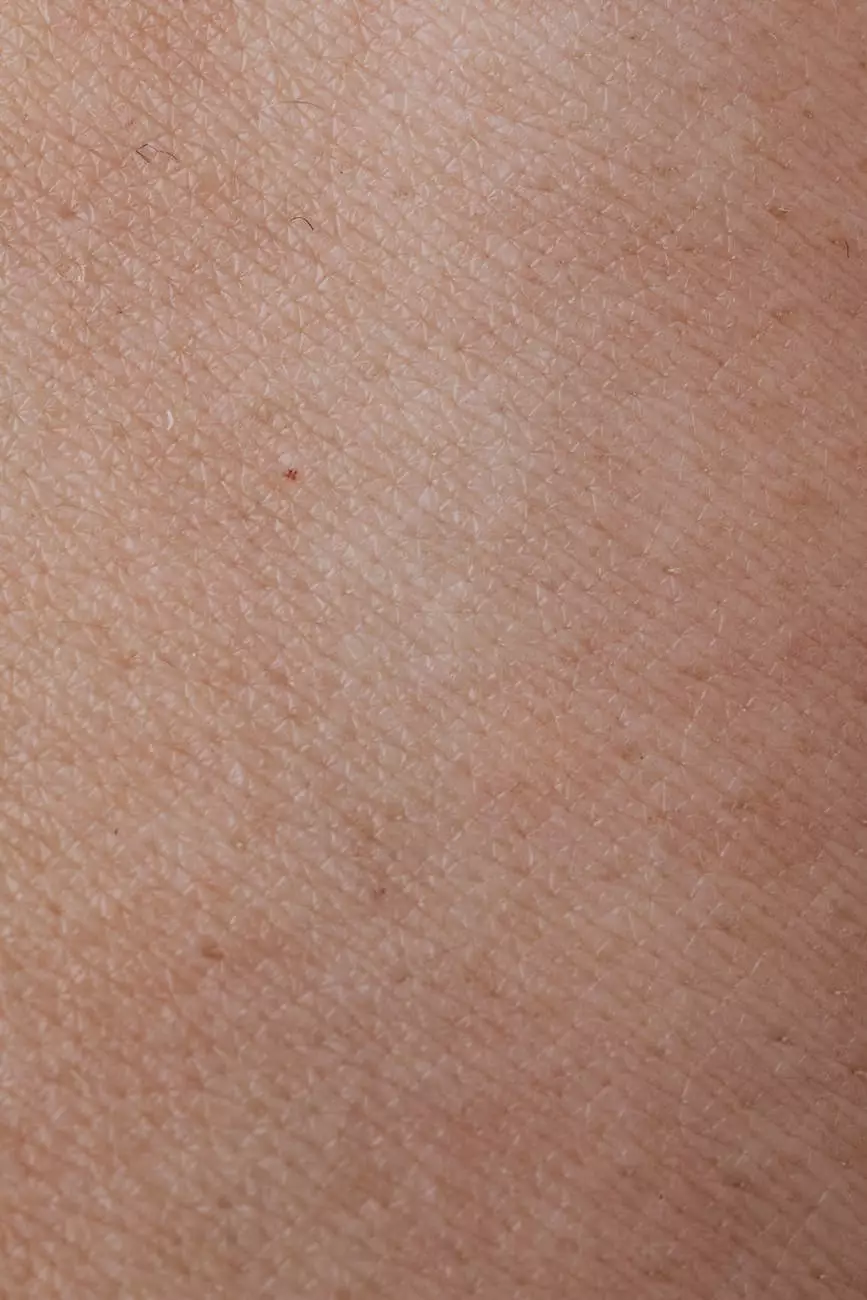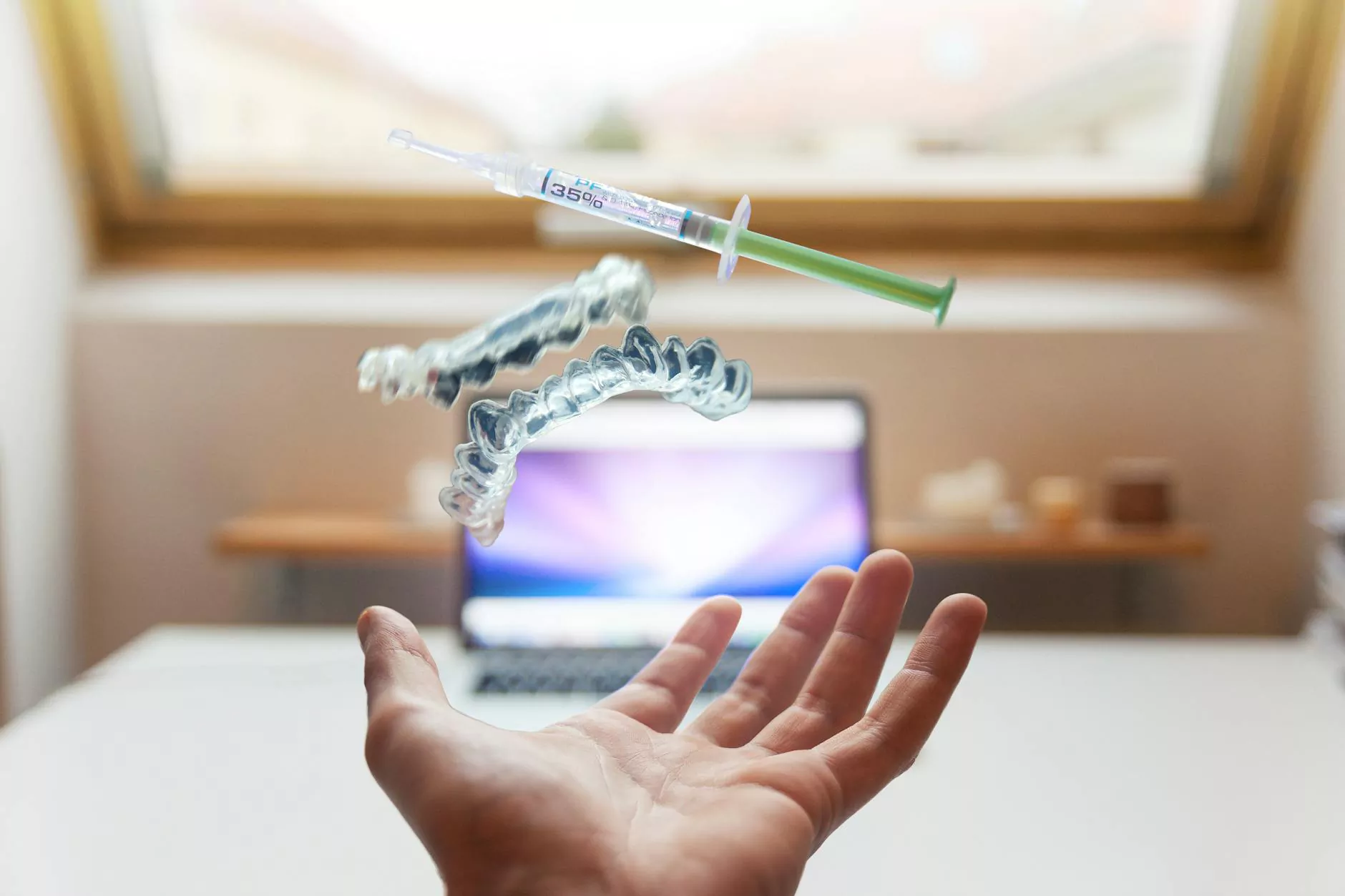Skin Moles: What to Look For and When to See a Doctor
Health Equity
Introduction
Welcome to Norton Community Medical Associates, your trusted source of health information and care. In this article, we will discuss skin moles, what to look for, and when to see a doctor. Moles are a common skin condition, and understanding their characteristics and potential risks is important for maintaining your overall health.
Understanding Skin Moles
Skin moles, also known as nevi, are growths that develop on the skin's surface when melanocytes, the cells producing pigments, grow in a cluster. They can appear anywhere on the body and come in various shapes, sizes, and colors.
Types of Moles
There are different types of moles, including:
- Common Moles: These moles are usually round or oval-shaped, with a smooth surface. They may be brown, tan, or pink in color. Common moles are typically harmless but should still be monitored for any changes.
- Atypical Moles: Unlike common moles, atypical moles tend to be larger, have irregular borders, and can have multiple colors. They are more likely to develop into skin cancer, so regular screenings are important.
- Congenital Moles: Congenital moles are moles present at birth. While most are harmless, larger congenital moles have a higher risk of developing into melanoma and should be evaluated by a dermatologist.
Signs of Concern
While most moles are harmless, there are certain signs that may indicate a need for further evaluation by a doctor:
- Changes in Size: If a mole grows in size, it may be a cause for concern.
- Changes in Shape: Moles that become asymmetrical or develop irregular borders may be suspicious.
- Changes in Color: Moles that change color or have multiple colors within them should be examined by a healthcare professional.
- Itching, Bleeding, or Pain: If a mole becomes itchy, bleeds, or causes pain, it is important to have it checked.
- Evolution over Time: Any changes in appearance or characteristics of a mole over time should be evaluated by a doctor.
When to See a Doctor
If you notice any of the above signs or have concerns about a mole, it is recommended to schedule an appointment with a dermatologist. They have the expertise to evaluate your moles and determine if further tests or treatments are necessary.
Regular Skin Check-ups
Regular skin check-ups are essential for detecting any early signs of skin cancer. If you have a family history of skin cancer or have numerous moles, it is important to establish a routine examination schedule with your healthcare provider.
Prevention and Protection
While not all moles can be prevented, taking measures to protect your skin from harmful UV radiation can reduce the risk of developing new moles and skin cancer. Remember to:
- Apply and regularly reapply sunscreen with a high sun protection factor (SPF).
- Wear protective clothing, such as hats and long sleeves, when exposed to the sun for extended periods.
- Seek shade during peak sun hours to minimize direct exposure.
Conclusion
Understanding skin moles, their types, and signs of concern is crucial for maintaining skin health. Regular self-examinations, along with professional evaluations, can help detect any potential issues early on. If you have any concerns or need further guidance, don't hesitate to contact Norton Community Medical Associates, your trusted healthcare provider.




